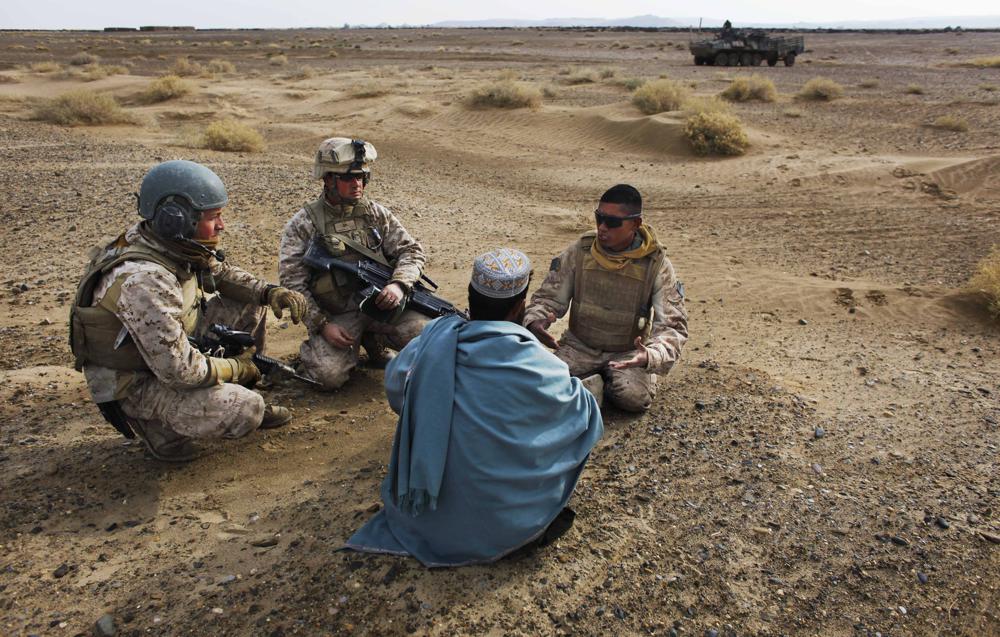The first flight evacuating Afghan interpreters and others who worked alongside Americans in Afghanistan landed early Friday at Washington Dulles International Airport, according to an internal U.S. government document and a commercial flight tracking service.
An airliner carrying the 221 Afghans, including 57 children and 15 babies, according to the internal document obtained by The Associated Press, touched down at Washington Dulles International Airport in the early morning hours, according to tracking of the flight by FlightAware.
Advertisement
The evacuation flights, resettling former translators and others who fear retaliation from Afghanistan’s Taliban for having worked with American service members and civilians, are highlighting American uncertainty about how Afghanistan’s government and military will fare after the last U.S. combat forces leave that country in coming weeks.
Family members are accompanying the interpreters and others on the flights out. They were expected to stay at Fort Lee, Virginia for several days, U.S. officials said earlier this month.
Subsequent flights are due to bring more of the applicants who are farthest along in the process of getting visas, having already won approval and cleared security screening.
the US Embassy in the city has been “very secretive” about the evacuation flights. “They have told us that they are incredibly worried about the security and privacy of these interpreters,” said an official on request for anonimity.
“They are worried that if any logistics get out now about who these people are and how they are getting out, it will put in jeopardy the future of the evacuees and put them in harm’s way.”
Earlier, the US government announced that some 750 Afghans who have already been approved and cleared security vetting would be flown to the US with an estimated 1,750 family members.
“The reason that we are taking these steps is that these are courageous individuals,” White House Press Secretary Jen Psaki was quoted as saying.
“We want to make sure we recognize and value the role they have played over the last several years.”
(With AP inputs)











